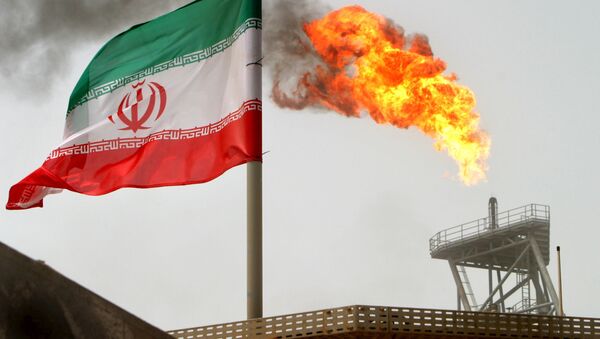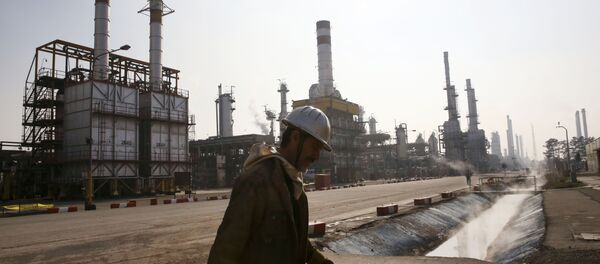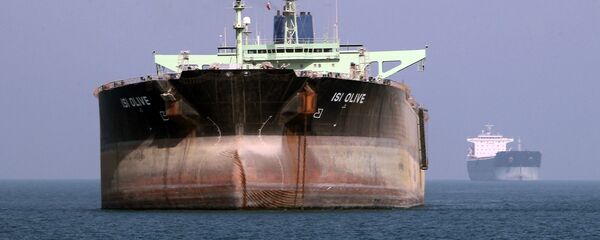Before the sanctions were introduced, Iran exported 2.3 million barrels of oil a day. The sanctions reduced the figure to 1 million barrels.
The economic sanctions against Iran were lifted on January 16, by both the US and the European Union. The move came amid oversupply in the global oil market, with the Organization of the Petroleum Exporting Countries (OPEC) refusing to cut down its daily output.
After the sanctions were removed shipments of Iranian crude have resumed to Europe, including Greece, France and Spain. Before the sanctions 30 percent of Iranian-made oil was delivered to Europe. Currently, Iran ships over 500,000 barrels of crude a day to the European market.
Iran also expects to take a share in the Asian market, especially in India, Asia’s fastest-growing oil consuming market.
Earlier in the day, the Brent benchmark crude was trading 0.36 percent down, at $41.79 a barrel. WTI futures dropped by 0.58 percent, to $39.49 a barrel.
"Prices will move back and forth this week on expectations for Doha. This morning it seems that speculation is being scaled back again," Commerzbank senior oil analyst Carsten Fritsch told Reuters.
According to Barclays’ analysts, the meeting in Doha will have a limited impact on the global crude market because a number of countries that can increase output are unlikely to agree on the cap.
"A production freeze at recent production levels would not accelerate the rebalancing of the oil market as OPEC (excluding Iran) and Russian production levels have this year remained close to our 2016 average annual forecast of 40.5 million bpd," Goldman Sachs experts said.
Global oil prices plunged from $115 to less than $30 per barrel between June 2014 and January 2016, hitting their lowest levels since 2003 amid an ongoing glut in global oil supply. The slump has caused significant financial problems for many oil exporting countries.
The meeting in Doha is expected to finalize the Doha deal reached by Russia, Saudi Arabia, Qatar and Venezuela to freeze oil production at January levels throughout 2016.




